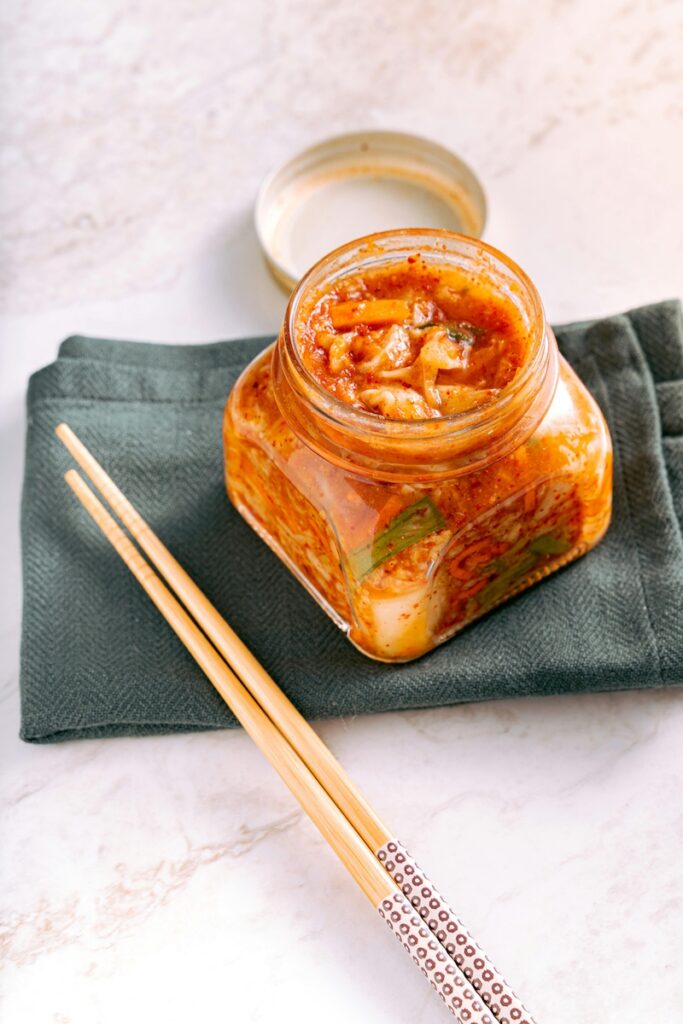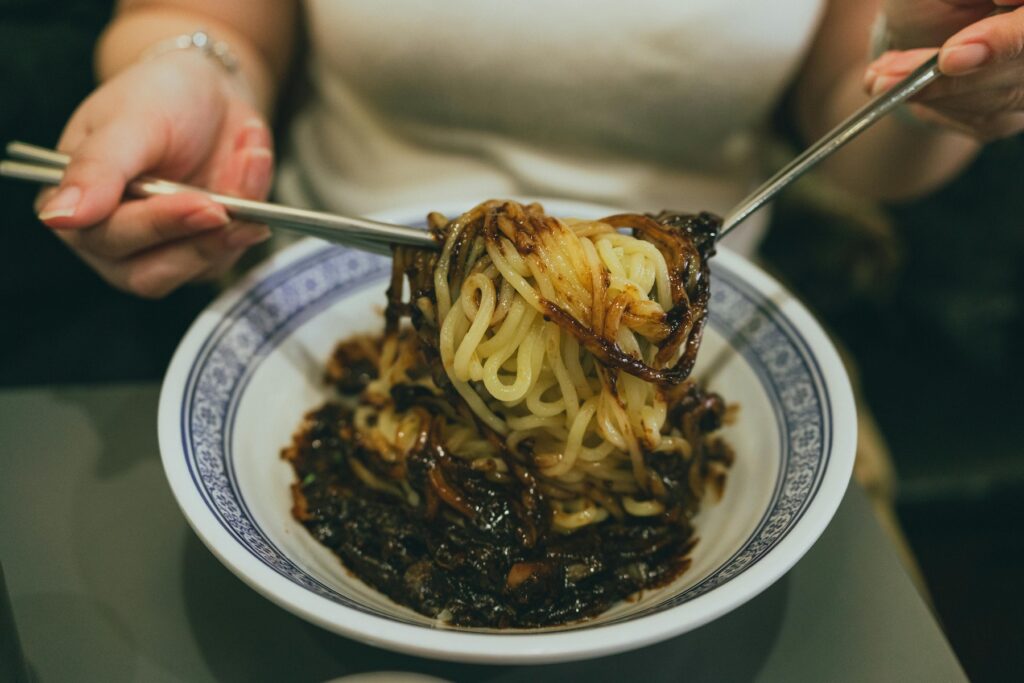If you’ve just landed in Korea and taken a stroll around Seoul, Busan, or even smaller towns, one thing will jump out immediately: coffee shops are everywhere.
You’ll see Starbucks, local franchises, independent specialty cafes, and quirky theme coffee shops on almost every street corner.
Koreans drink coffee a lot — in fact, the per capita coffee consumption here is among the highest in the world.
This is not just about caffeine; coffee is a lifestyle in Korea. From the massive summer cups of iced Americano to premium hand-drip brews, Korea’s coffee culture blends social life, fashion, and personal taste into one caffeinated experience.
Let’s take a deep dive into what makes Korean coffee culture so unique, trendy, and sometimes a little surprising for foreigners.
1. Korea’s Surprising Coffee Consumption
While Korea is traditionally a tea-drinking country, the last two decades have completely transformed beverage habits.
According to industry reports, Koreans consume more than 350 cups of coffee per person per year — that’s nearly one cup a day, every day.
This figure is even higher in major cities like Seoul, where coffee drinking is a central part of work and social culture.
For comparison:
- In Italy, the home of espresso, coffee culture revolves around small but frequent servings.
- In Korea, it’s about large cups, often iced, enjoyed over conversations, work, or even while walking.
The Starbucks phenomenon is a clear sign of this consumption pattern. As of 2025, Korea has over 1,800 Starbucks locations, making it one of the largest Starbucks markets in the world. Some districts in Seoul have multiple branches within a few blocks.
2. The Iced Americano Obsession
If you ask any Korean what their go-to coffee is, there’s a very high chance they’ll say 아아 — short for 아이스 아메리카노 (iced Americano).
This drink is so iconic that locals joke, “Even in winter, we drink iced Americano.”
Why iced Americano?
- Clean and simple taste: No milk, no sugar, just espresso shots over ice with water.
- Low calorie: Many Koreans are health-conscious, and iced Americano is practically calorie-free.
- Affordable: At franchise chains, it’s one of the cheapest items on the menu.
In summer, you’ll see people walking around with huge 1-liter iced Americanos — some chains even offer mega sizes specifically for hot days.
But what surprises many foreigners is that in January, during sub-zero temperatures, you’ll still see people sipping iced coffee while bundled in scarves and coats.
This has become a kind of cultural statement: drinking iced Americano in winter shows your “cool” personality.
3. Affordable Coffee vs. Luxury Coffee
Korea’s coffee market has two strong extremes:
Affordable Coffee Chains
Chains like Mega Coffee, Compose Coffee, The Venti, Ediya Coffee offer huge drinks at very low prices — sometimes under ₩2,000 (about $1.50 USD) for an Americano.
These places are especially popular among students and office workers who want their daily caffeine fix without breaking the bank.
Luxury & Specialty Cafés
On the other end, you have boutique coffee shops and premium brands like Blue Bottle, Fritz Coffee, Coffee Libre, and various independent roasters. These places focus on:
- Single-origin beans
- Hand-drip brewing
- Latte art
- Minimalist, Instagram-worthy interiors
Here, an Americano might cost ₩6,000–₩8,000, and customers are willing to pay for the experience — the aroma, the ambience, and the feeling of exclusivity.
4. Café Culture as a Lifestyle
In many Western countries, coffee shops are mainly for grabbing a quick drink. In Korea, cafés are destinations.
- Study and Work Spaces: Many young Koreans go to cafés to study for exams or work remotely. Outlets, free Wi-Fi, and long operating hours make cafés an alternative to libraries.
- Social Hubs: Friends meet for hours over coffee, chatting and taking photos.
- Instagram Culture: Cafés compete with interior design — unique lighting, minimalistic decor, and themed concepts (like flower cafés, pet cafés, or vintage-inspired spaces).
Café-hopping is a popular weekend activity, especially in trendy neighborhoods like Hongdae, Ikseon-dong, and Seongsu.
5. Summer Coffee Trends
Korean summers are hot and humid, so cold drinks dominate menus from May to September. Besides the massive iced Americanos, cafés release seasonal drinks:
- Iced vanilla lattes with oat milk
- Cold brew with fruit infusions
- Espresso tonic (espresso over sparkling water)
- Cream-topped cold brews
Many cafés also offer “take-out only” cold drink promotions, making it easy to grab a giant coffee and keep walking.
6. Winter Coffee Habits
While many foreigners switch to hot lattes or cappuccinos in winter, Koreans’ love for iced coffee doesn’t fade.
However, winter also brings specialty hot drinks:
- Sweet potato lattes (goguma latte)
- Honey citron tea (yujacha) served café-style
- Hot matcha lattes
But still, iced Americano reigns supreme — you’ll see someone holding a cold plastic cup even when it’s snowing.
7. The Social Meaning of Coffee
Coffee in Korea is more than just a drink — it’s a social tool.
- Asking someone, “Shall we grab a coffee?” often means “Let’s talk” — whether it’s a date, a business meeting, or just catching up.
- Coffee time after meals is almost a ritual. Many Koreans have lunch and then immediately head to a café for an Americano.
This habit is so strong that even convenience stores like GS25 and CU have installed self-service coffee machines, making it easy to grab a cup anywhere.
8. Coffee for Every Budget and Lifestyle
Korea’s coffee culture is incredibly inclusive — whether you’re a budget-conscious student, a trend-loving influencer, or a serious coffee connoisseur, you’ll find your place.
- Quick fix: Convenience store coffee for under ₩1,000
- Daily habit: Franchise coffee like Starbucks or Ediya
- Weekend treat: Specialty roaster hand-drip coffee
- Unique experience: Theme cafés with photo-worthy designs
Final Thoughts
For foreigners visiting or living in Korea, coffee culture is one of the most enjoyable (and addictive) parts of daily life.
Whether you want to try cheap giant iced Americanos, explore hidden specialty roasters, or simply people-watch in a stylish café, Korea’s coffee scene is a world in itself.
So next time you’re in Seoul, don’t just visit the palaces or shopping streets — go café-hopping. Order an 아아, take your time, and enjoy one of the most vibrant coffee cultures in the world.

